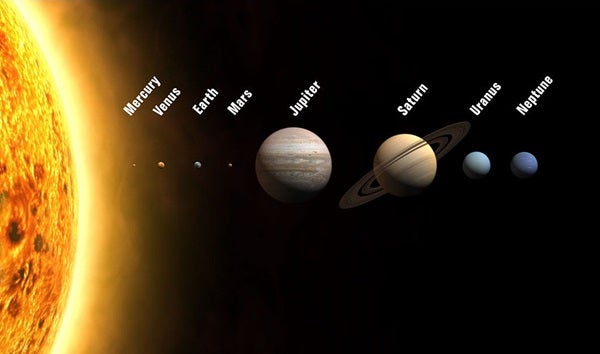
The planets within our solar system are in constant motion in their orbits and as they spin on their axes. All planets in our solar system revolve around the Sun. But the time they take to complete one revolution around our central star differs. While some planets take days, others take much longer. Here’s a look at how long a year is on each of the planets, in Earth days:
- Mercury – 88 Earth days
- Venus– 225 Earth days
- Earth– 365 days
- Mars– 687 Earth days
- Jupiter– 4,331 Earth days or 12 Earth years
- Saturn- 10,747 Earth days or 29.4 Earth years
- Uranus– 30,589 Earth days or 84 Earth years
- Neptune– 59,800 Earth days or 165 Earth years
Rotation and revolution
Years on other planets are measured using Earth’s tropical year, which lasts about 365 solar days; one solar day is the time it takes our planet to spin, or rotate, once fully on its axis, as measured by the Sun’s position over a given point. A year is measured by how long it takes the planet to orbit the Sun, and one complete orbit is called a revolution.
All planets (and other bodies) in the solar system also do this but, at different speeds. The gas giants Jupiter and Saturn, as well as the ice giants Uranus and Neptune, rotate faster than terrestrial planets like Earth, Mars, Venus, and Mercury. Each planet’s rotation rate is at least partly based on how it formed from the protoplanetary disk surrounding our young Sun. But why the rotation rates of the giant planets are so much faster is still not fully understood.
Related: What time is it on the Moon? | How much you’d weigh on other planets
Laws of motion
Kepler’s third law of motion explains that the time it takes a planet to complete a revolution is related to its distance from our star. Planets farther from the Sun must travel longer paths as they orbit and move slower because the Sun’s gravitational influence diminishes with distance. Conversely, planets closer to the Sun move faster and feel greater gravitational influence from our star.
For example, Mercury, the planet closest to the Sun, takes 88 days to complete a full revolution. The farthest planet from the Sun, Neptune, takes 165 years to finish one orbit around the Sun.
Planets also don’t move at constant speeds throughout their entire orbit. This is because the planets’ orbits are not perfectly circular, but instead slightly out of round, or elliptical (egg-shaped). Kepler’s second law of motion states that when a planet is closer to the Sun in its orbit, it moves faster than when it is farther from the Sun.
Mercury
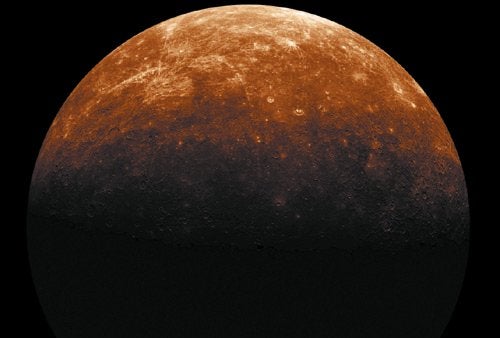
Mercury spins on its axis very slowly and completes one rotation every 59 Earth days. However, its orbit around the Sun is speedy compared to other planets. Mercury circles the Sun every 88 Earth days. But the Sun appears to move strangely through Mercury’s sky because the planet’s speed changes, depending on where it happens to be in its elliptical orbit around the Sun. So, one solar day, or complete day-night cycle, takes about 176 Earth days on Mercury.
Venus
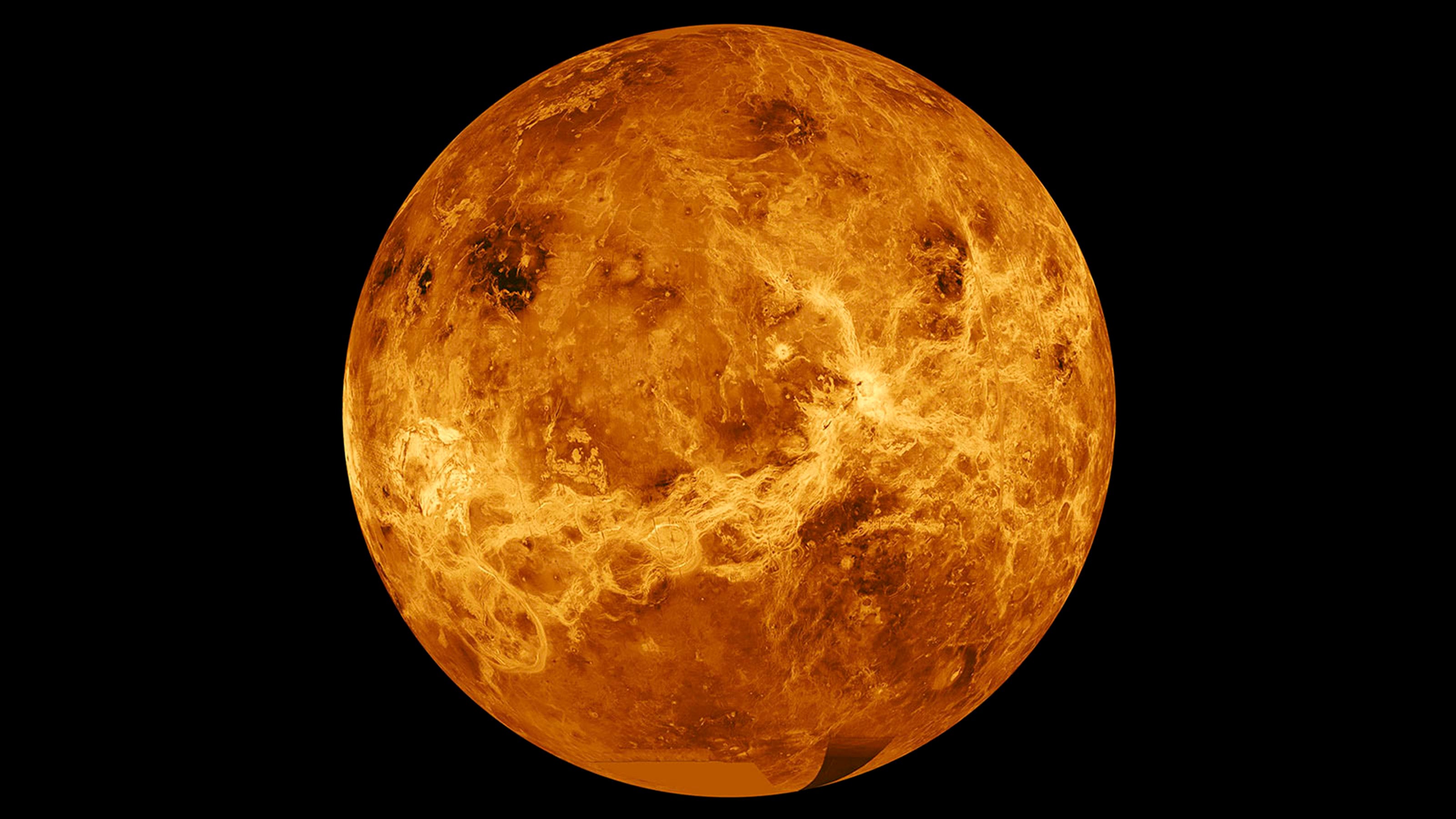
The hottest planet in the solar system takes about 225 Earth days to complete one rotation around the Sun. Venus spins very slowly and appears to rotate retrograde, or in a clockwise direction – opposite from most planets, which rotate counterclockwise, or prograde, in the same direction as they move through their orbits. It takes Venus 243 Earth days to rotate on its axis once.
RELATED: Why the planets orbit the Sun counterclockwise
Earth
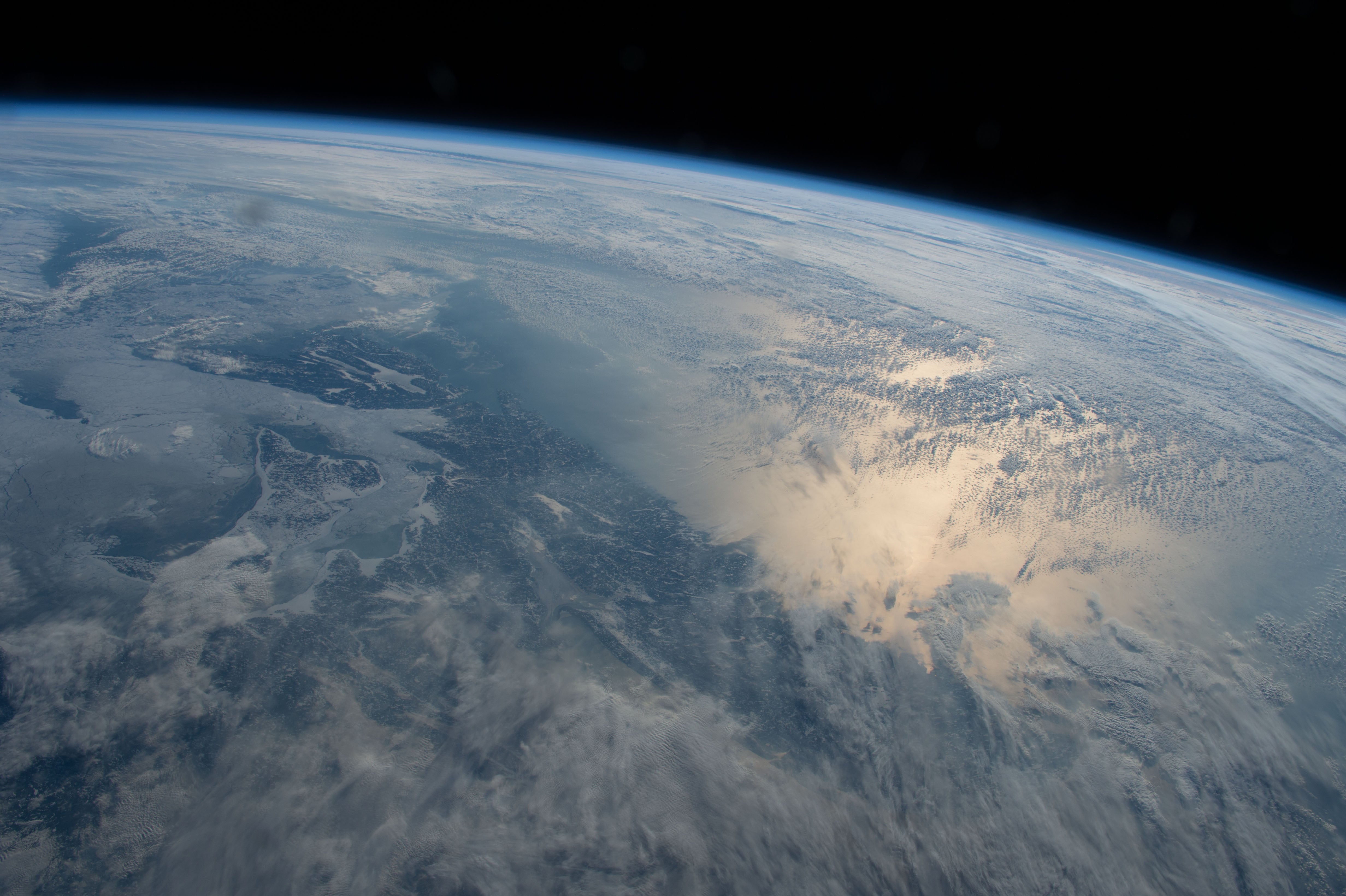
It takes Earth exactly 365.25 days to make one complete orbit around the Sun. Earth rotates on its axis once every 23.9 hours.
Mars

One year on Mars equals 687 Earth days or 1.88 Earth years. On Mars, solar days are called sols, and one year is also 669.6 sols. Mars’ rotation is similar to Earth’s, and it completes one rotation every 24.6 hours.
Related: What time is it on Mars?
Jupiter
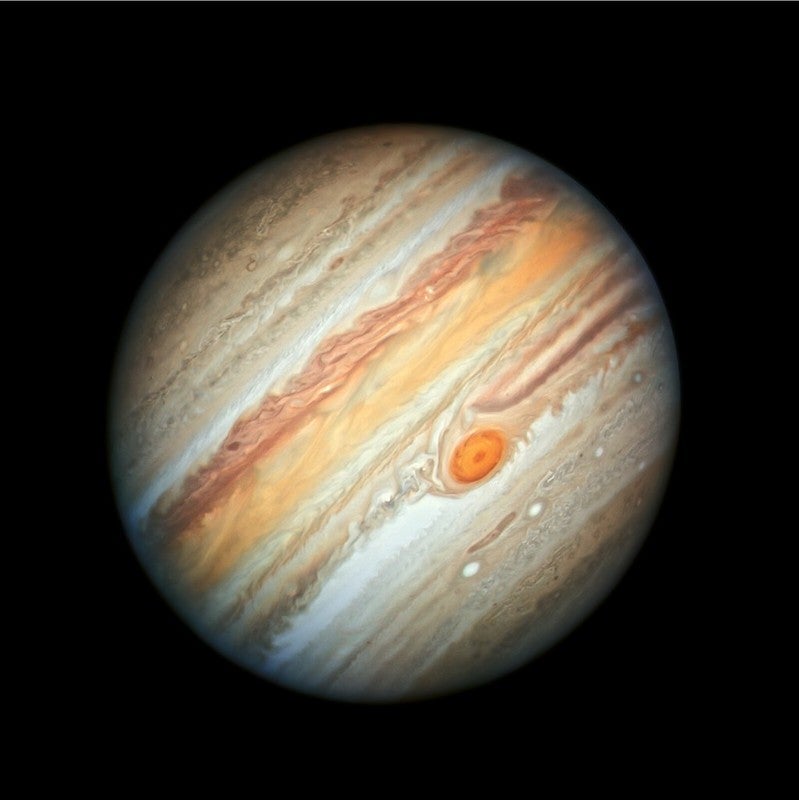
Days are super short on Jupiter. It takes just under 10 hours for the planet to complete one rotation. However, because of its distance, it takes Jupiter 12 Earth years to complete one jovian year. It takes approximately 43 minutes for light from the Sun to reach Jupiter – and just 8 minutes for sunlight to reach Earth by comparison.
Saturn
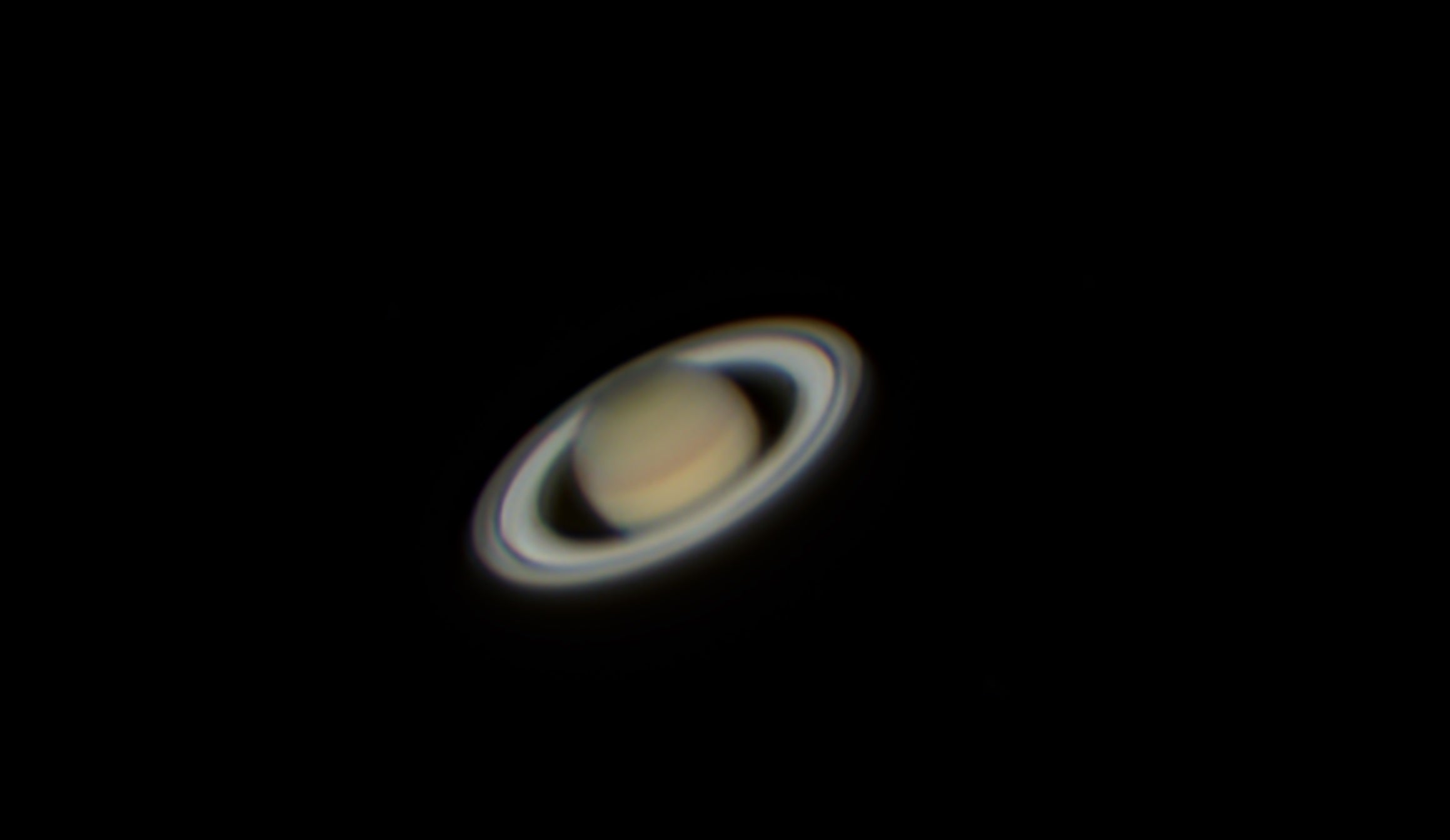
Right behind Jupiter with the second-shortest day is Saturn, which completes one rotation every 10.7 Earth hours. Saturn finishes one journey around the Sun every 10,756 Earth days or 29.4 Earth years. Because of its axial tilt of 26.7°, the angle at which we observe Saturn’s rings changes over time. Sometimes we see their northern side, sometimes they appear edge-on, and sometimes we observe the southern side. The next ring plane crossing, when they appear edge-on, is in 2025.
Uranus
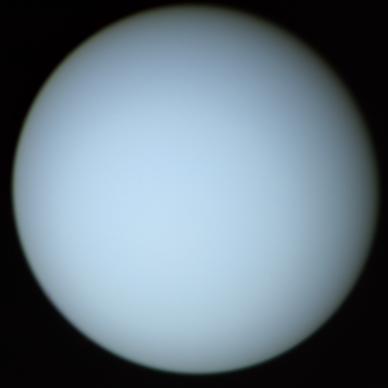
One year on the planet Uranus can last a lifetime! It takes about 84 Earth years for Uranus to complete its orbit around the Sun. However, it only takes 17.2 hours for one day to pass on the planet. Like Venus, Uranus appears to rotate retrograde, or counterclockwise. It also appears to rotate on its side at an angle of 97.8°!
Neptune
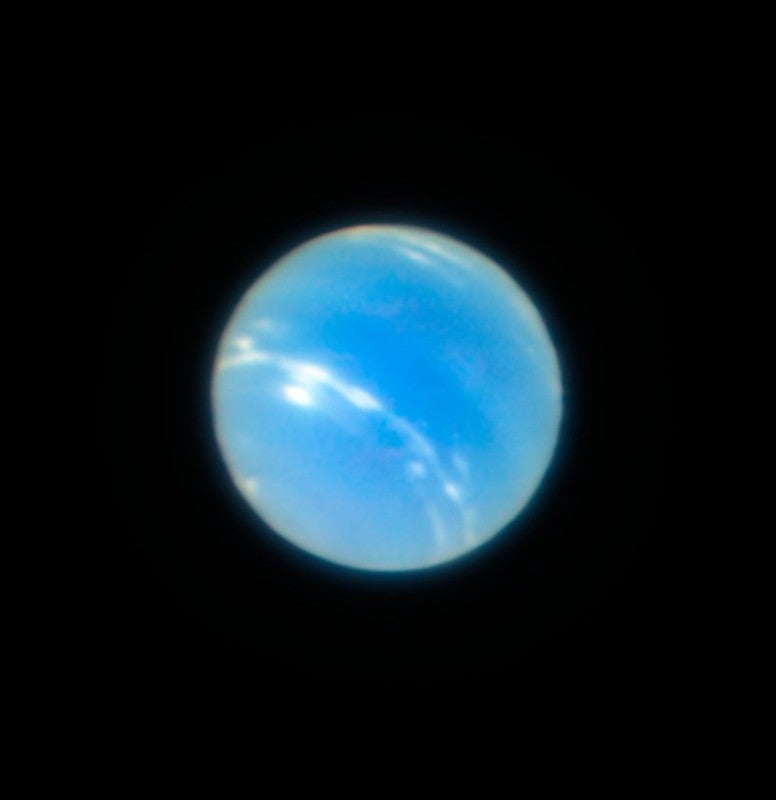
One day on Neptune takes about 16 Earth hours. Its journey around the Sun takes a bit over 165 Earth years, or 59,800 Earth days. Neptune’s axis is tilted at an angle of 28.3°, so it does experience seasons. However, because its year so long, each of the four seasons lasts over 40 years.
Honorable mention: Pluto
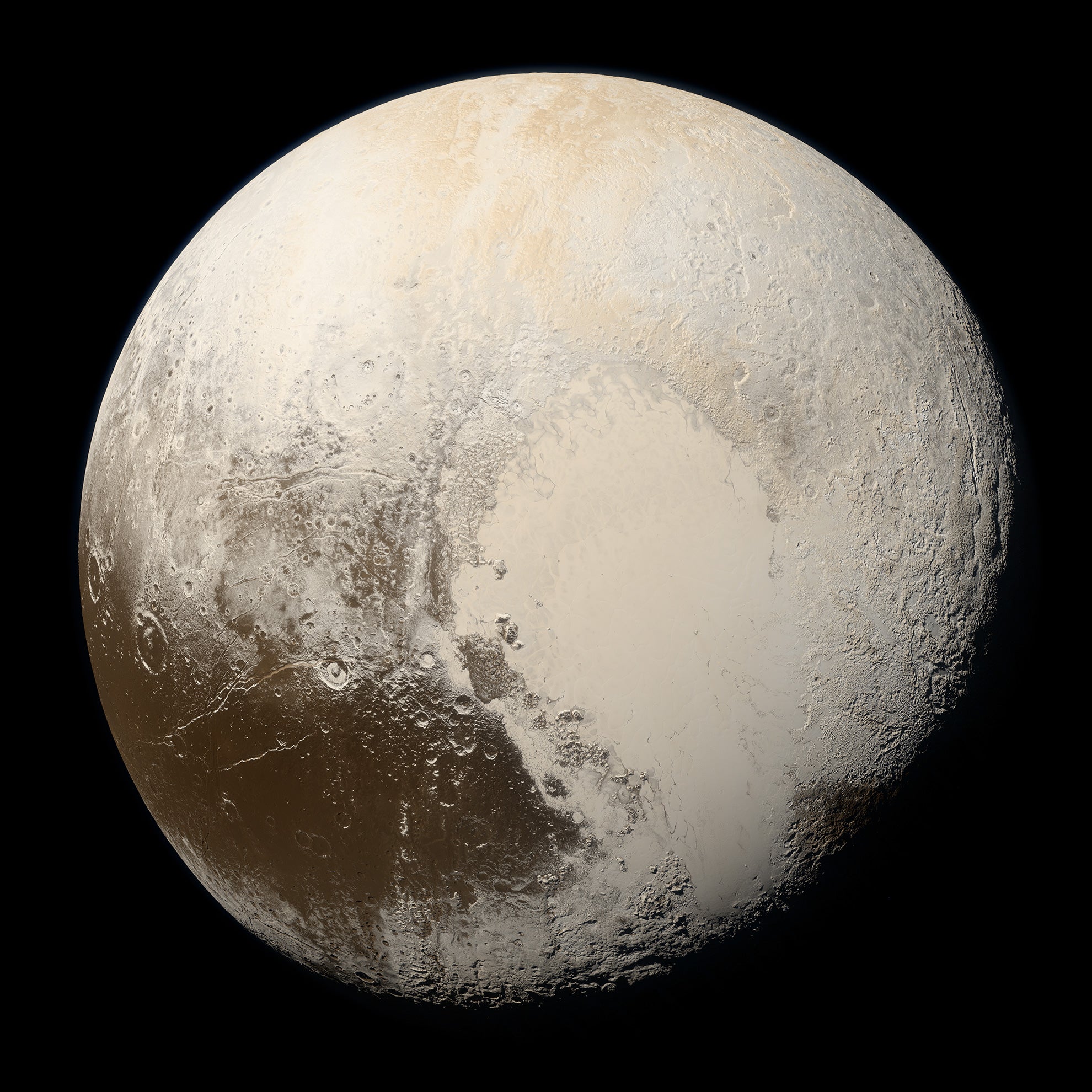
Pluto was considered the solar system’s ninth planet for 76 years, from 1930 to 2006. In 2006, Pluto was reclassified as a dwarf planet by the International Astronomical Union. In total, there are now five recognized dwarf planets. One year on Pluto is 248 Earth years, and its day lasts 153.3 Earth hours (just over 6 Earth days).









